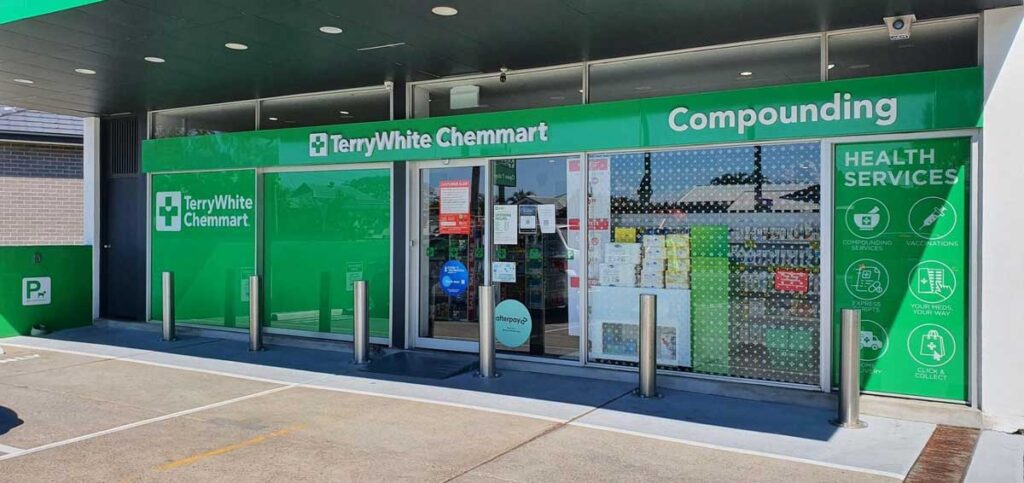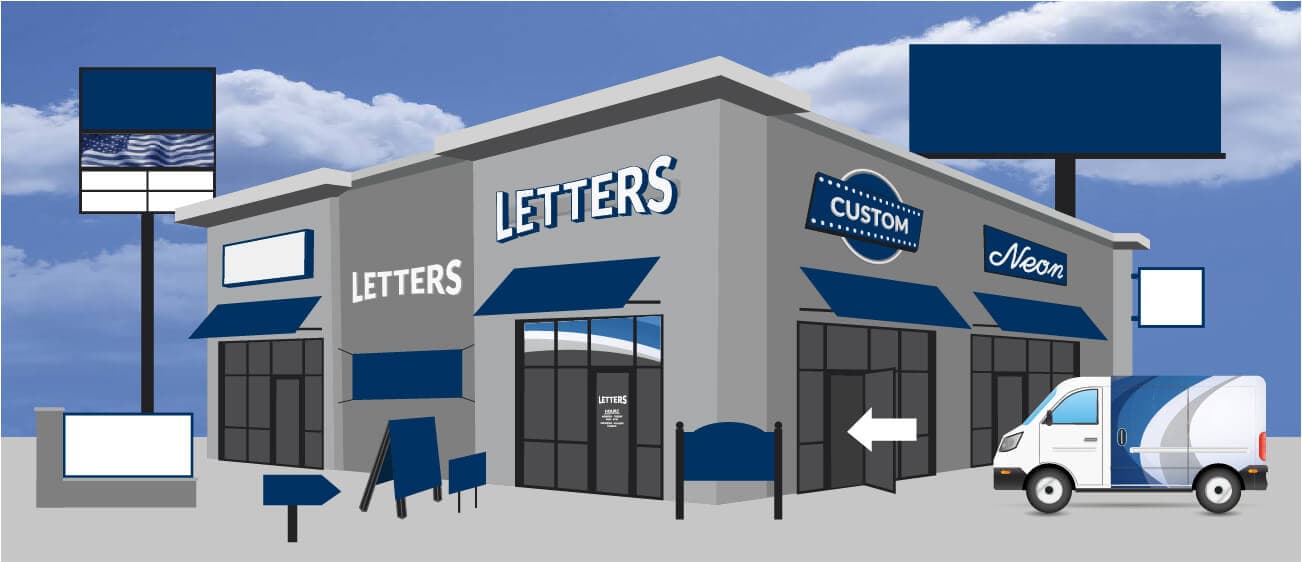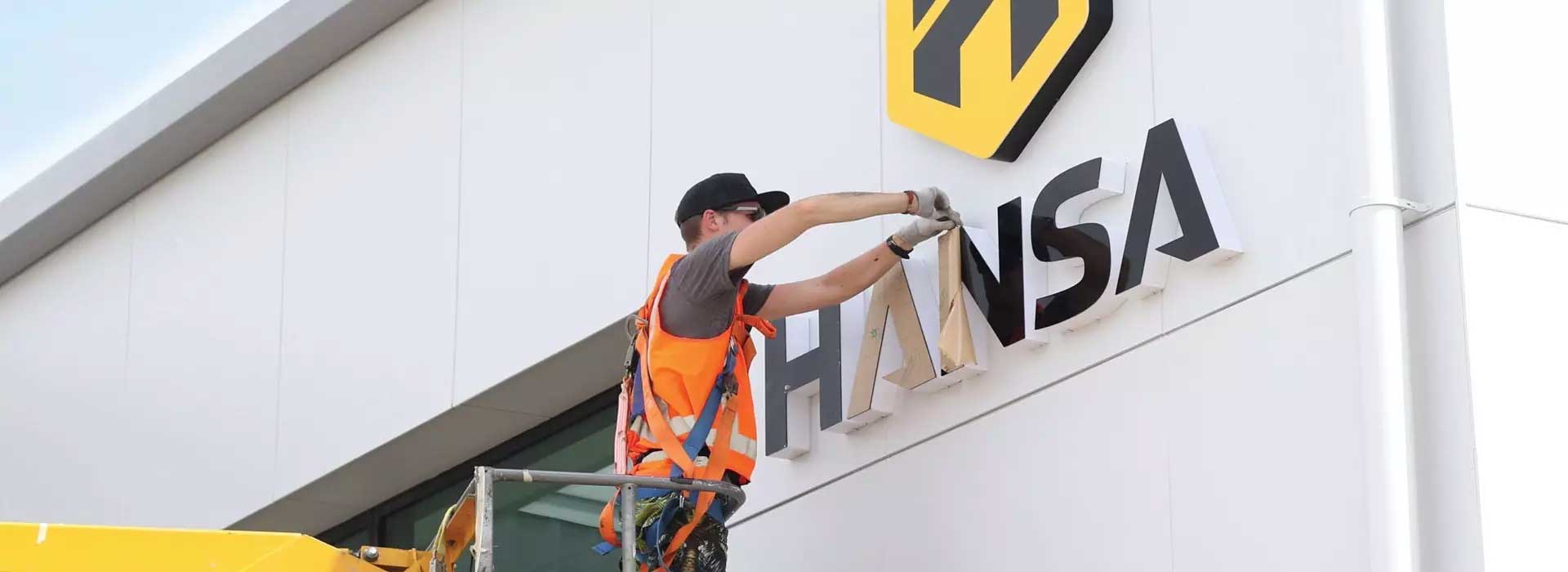Signage is one of the vital essential elements of any business’s visual identity, helping to establish a presence, attract attention, and communicate critical messages to customers. Whether you’re starting a new business, promoting an event, or enhancing an existing location, high-quality signage can significantly influence the success of your endeavour.
Producing high-quality signage involves several key steps, from design to material selection and installation. Here’s a closer look at the various types of signage and what goes into their production.
Why Signage is so Important
By clearly conveying a brand’s message, products, or promotions, signage in Adelaide helps businesses stand out in competitive markets, engage customers, and even influence their perception of the business’s quality. Additionally, well-designed signage enhances a space’s aesthetic appeal and functional layout, contributing to a more engaging customer experience. Effective signage serves multiple purposes:
- Visibility: Signs help customers find your location and know what you offer.
- Branding: A well-designed sign communicates your business identity and ethos.
- Marketing: Signage promotes products, sales, and events, contributing to increased foot traffic and sales conversions.
Studies have shown that 80% of consumers have entered a business based on its signage alone, highlighting the power of visual communication. Furthermore, 68% of customers view signage as an indicator of the quality of a business’s products or services.

Types of Signage
Businesses can use various signage types, each with unique benefits depending on the application, to help attract customers’ attention.
A-Frame Signs
These portable, free-standing signs are often used for outdoor advertising. Available in different materials such as PVC, steel, or wood, they offer versatility for different environments. A-Frames are popular for promotions, sidewalk advertising, and real estate.
Flags and Banners
Flags, such as feather or teardrop designs, are a visually striking option for both indoor and outdoor events. They’re typically printed through dye sublimation, making them durable and suitable for various weather conditions.
Pull-Up Banners
These lightweight, portable banners are ideal for trade shows, events, and retail spaces. Pull-up banners are a cost-effective solution for high-traffic areas because they can be quickly set up and taken down.
Corflute Signs
Made from corrugated plastic, corflute signs are inexpensive and durable, perfect for short-term outdoor use. They are commonly used in real estate, construction sites, and event promotion.
Mesh Banners
Designed mainly for outdoor use and often utilised around construction sites, mesh banners (or fence mesh banners) are made from woven polyester mesh fabric. They feature a unique construction that allows air to flow through the material, reducing wind resistance and minimising the risk of damage during inclement weather.
LED and Backlit Signs
Illuminated signs, including LED backlit options, are highly effective for businesses that operate at night or in low-light environments. They increase visibility and can serve as powerful branding tools.
Vehicle Wraps
Custom graphics on business vehicles serve as mobile billboards, promoting your brand wherever the vehicle travels. This type of signage is an excellent long-term investment for businesses looking to maximise visibility.

The Signage Manufacturing Process
From initial consultations and design conceptualisation to material selection, printing, fabrication, and installation, each step plays a key role in producing high-quality signage that captures attention and communicates a clear message. A successful signage manufacturing process integrates creativity, precision, and technical expertise to deliver visually impactful and durable solutions that serve a business’s specific needs. Below is a brief overview of the key steps involved in this process.
Design Consultation
The process begins with a design consultation, where experts work with the business to identify its goals, brand aesthetics, and message. A good design balances simplicity with creativity to ensure it grabs attention without overwhelming the viewer.
Material Selection
The choice of materials depends on factors such as the intended lifespan of the sign, location, and budget. Common materials used for signage in Adelaide include:
- PVC: Lightweight and durable, often used in banners and flags.
- Corflute: Corrugated plastic, ideal for temporary outdoor signs.
- Acrylic or Metal: Used for more permanent installations such as shopfront signs or 3D fabricated lettering.
Printing and Fabrication
Once the design and materials are chosen, the next step is printing or fabricating the signage. Techniques such as dye sublimation (for fabric and PVC signs) and digital printing (for vinyl or mesh banners) are commonly used, ensuring vibrant, long-lasting results for the elements you see. Depending on the type of signage to be installed and the location, the fabrication of structural components such as metal frames and supports may also be required. Bowden can assess this on an “as needs” basis and take care of any additional signage requirements to suit your unique situation.
Installation
Signage installation is a critical phase. The placement must be strategic to maximise visibility and impact, whether it’s an outdoor banner, a window graphic, or internal wayfinding signs. Bowden’s professional signage installers ensure that the signs are securely mounted and comply with local regulations.
Maintenance
Signage must be maintained to preserve its appearance and functionality. Regular cleaning, updating faded designs, and replacing worn-out parts are essential for keeping your signage looking professional and effective.

Key Considerations in Signage in Adelaide
When planning your signage, you will need to consider:
- Location: Where the sign will be placed is crucial for visibility. Outdoor signs must withstand weather conditions, while indoor signs need to integrate seamlessly with the space.
- Local Regulations: Depending on the location, local council regulations may govern the size, placement, and illumination of signs. It is critical to check these guidelines before proceeding.
- Message Clarity: Signage needs to convey a message quickly and clearly. Avoid cluttered designs and use high-contrast colours to enhance readability.
Bowden Print Group is an experienced signage company in Adelaide and knows that signage is a critical investment for any business, offering visibility, brand reinforcement, and marketing opportunities. From A-frame signs to LED displays, the proper signage can transform a space and drive customer engagement. The key to successful signage is thoughtful design, high-quality materials, and proper installation. Bowden Print Group can create impactful signage that contributes to long-term growth by understanding the available options and following best signage manufacturing practices.
